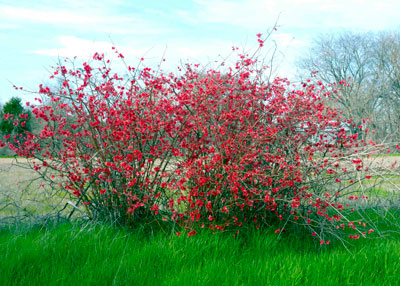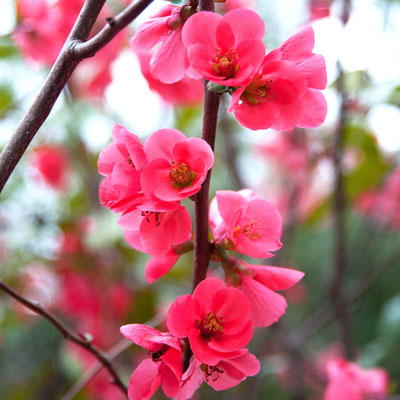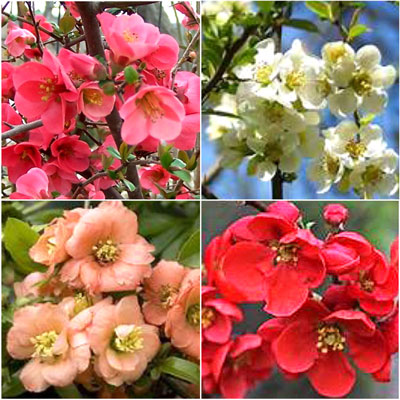Old Heirloom Shrub Hangin’ Around

I always refer to this plant as an “old heirloom” shrub. That phrase “old heirloom” alone is redundant. But that’s not my point.
I ran a little backyard nursery and landscaping business while I was in high school in College Station. It was a small town back then, and some of my customers still lived rural existences.
What made me chuckle as I started typing was that some of the flowering quince plants that I set out as a teenager are now out there in empty fields blooming every spring, even though the homeowners are long gone and their gardens forgotten. Some of those “heirloom shrubs” I’m now writing about are my babies.

People back then would call me up and ask if I could plant a “japonica.” My dad and uncle were both PhD botanists at Texas A&M. I grew up with Latin names as my second language. But I never tried to explain that that was just a species name that told us this plant is native to Japan. Many other unrelated plants carry the same name and could just as easily also be called “japonica.” I knew what they wanted, so I’d ask my dad for a ride across town to “go plant a flowering quince.”
This is a lovely early-spring-flowering shrub that grows to be 5 to 7 ft. tall and wide. There are shorter, even dwarf forms available, but I’ve never been as pleased with the results with them. I prefer the old-fashioned, full-sized type with the apple-tree-like blooms in reds, oranges, pinks, white and two-tones. Some are even double-flowering (multiple rows of petals).

One thing you do need to know about flowering quince, however, is that they are not handsome plants when they’re not in flower. The blooms are glorious. The plants themselves are ugly. Bad, big ugly.
For that reason, use flowering quince plants out away from the house – against evergreen shrubs toward the back of the backyard, or over by the fence along the property line. Use them where they can sparkle when they’re in flower and where they can blend into the background when they are not.
Don’t be surprised if your flowering quince plants produce small apple-like fruits on their stems. They’re in the Rose Family (as are apples), actually closely related to apples, so that’s not at all uncommon. The fruit, however, is hard and not especially edible. Quince jelly is made from a sister variety.
We’re at the very front end of the flowering quince blooming season. If you’re interested in having one in your garden, shop early. They sell quickly in garden centers. Wise gardeners grab ‘em when they can.
